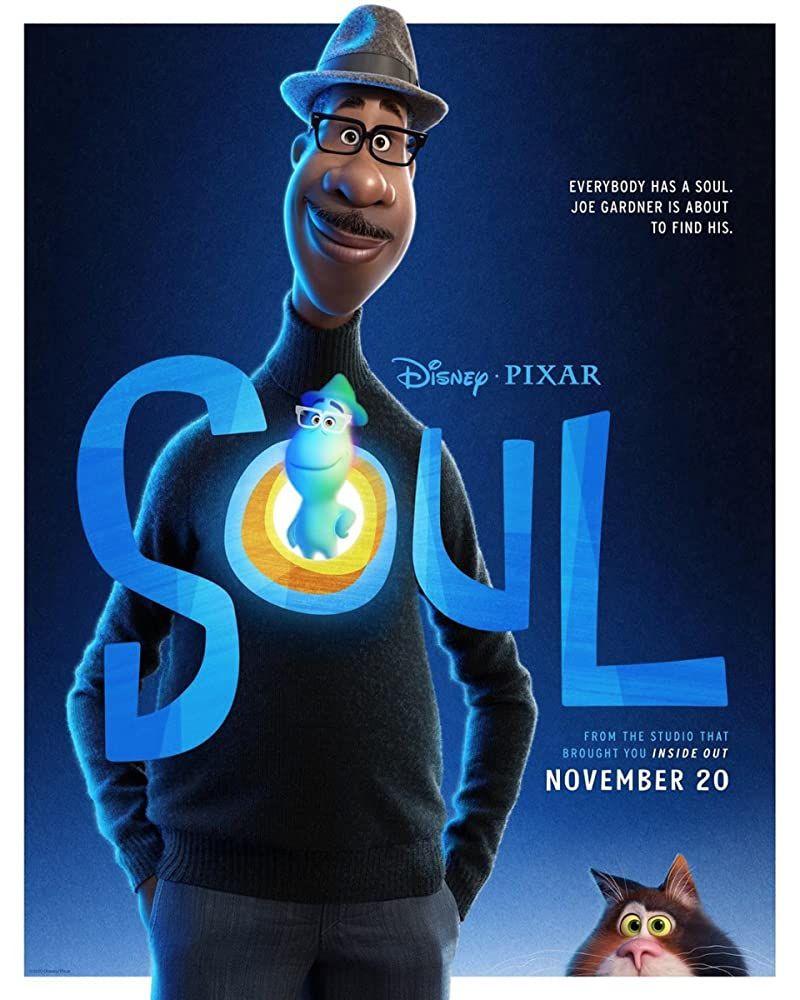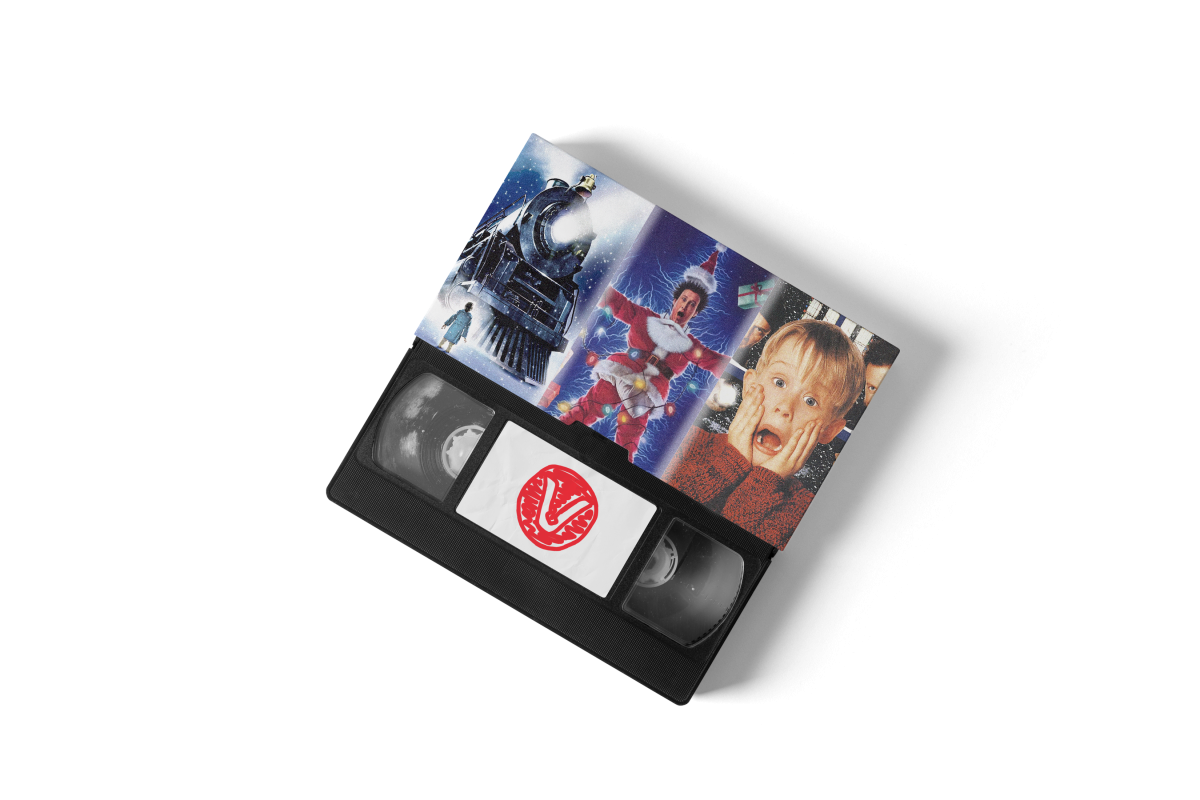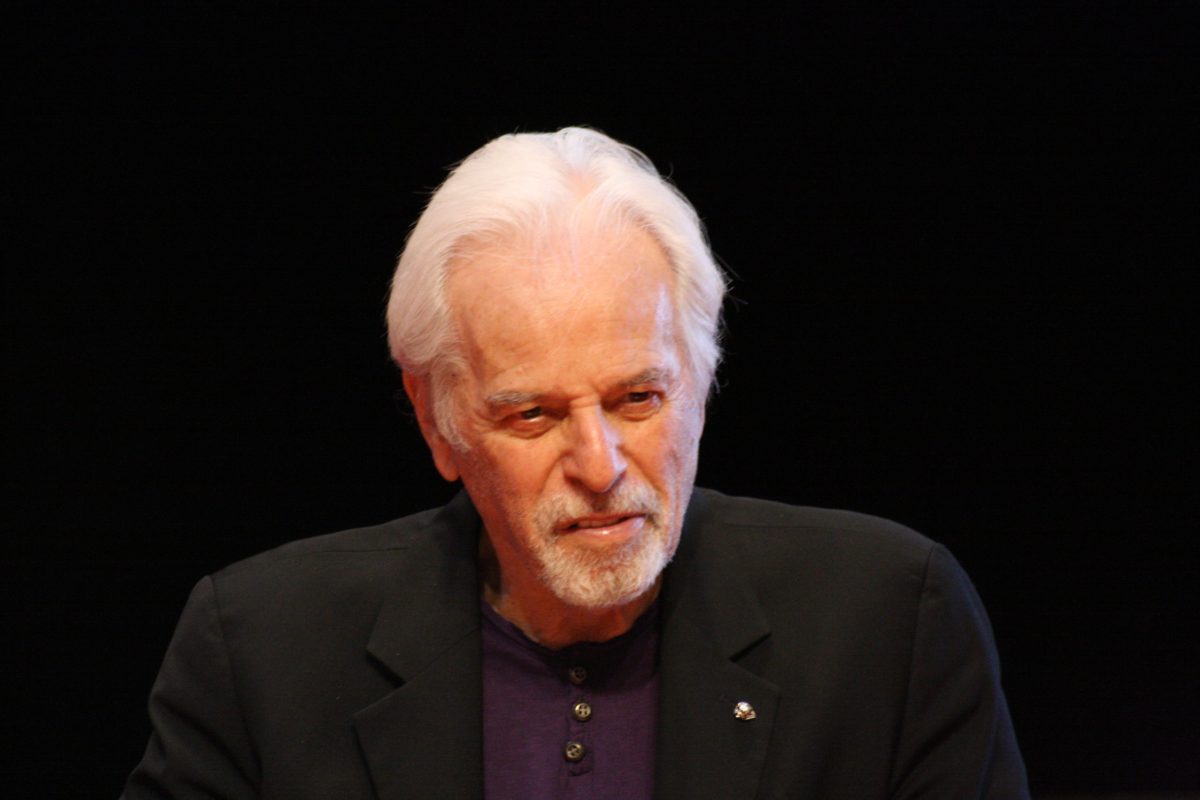Over the years, storytelling has developed new mediums. From beloved childhood picture books, to the animated classics of the mid-1900’s, and currently to the computer animated features that companies release seasonally.
All of these journeys begin with a sketch, then a retracement of that sketch. Next are three to four week meetings about the idea behind that sketch. The next phase consists of a four or more month development period where the vision is carried out. Suddenly, we have a final product with complete characters and such, and the original sketch is framed on a wall with the words “First Step” written in gold.
Something that could potentially make millions can consist of just a ripped piece of notebook paper and some crude doodles on its surface. Animation itself is a lot of hard work; it’s the quest to bring a dream (or sketch) to life in a medium where nearly anything is possible.
Animation’s roots began with stop-motion adventures into fairytales or early characters that would eventually own multi-billion dollar operations. This medium evolved at the same rate as black and white features. They added sound, Technicolor, and special effects. Then brings dawned computer generated images (CGI). After the CGI awakened, animation became the textured beauties that we enjoy today.
Currently, most of the animated features being released are computer animated, instead of hand drawn. That’s not to say that one is better than the other, but new technology brings new ways to tell a story. Both methods of animation successfully tell stories in their own unique ways.
One film that changed the genre was Toy Story (1995). It was the first fully computer generated feature; beyond that it included lovable and memorable characters, a mesmerizing story, and a script that is still quoted today. It literally created its own genre of computer animated films, and it would later combine with the two-dimensional mediums to produce CGI films with hand drawn aesthetics.
Animation has gained many opportunities that most live action films could never tackle. The fact that the entire picture is taking place in a studio instead of a set gets rid of the actors’ need to do several things: memorize lines (unless they wish to) during recording, perform live stunts (unless there’s motion-tracking), or even maintain their appearance, thanks to technological advances.
The only real difficulties of the genre lie in the creation of the film. Rendering some graphically intensive frames can take several hours, and in addition anything else that hinders a typical live action film’s progress can also halt development. Yet, the opportunities versus consequences in animation makes it nearly equal to live action films. Animations like Wreck-It-Ralph (2012) definitely did not appear in a day; it probably took years just to fix every scene, pixel by pixel, to get it just right for an audience of millions.
Animation is a genre that is full of imagination, drama, comedy, and all of the emotions that a live action film can relay. Animation’s realities can be just as real as our world, although it doesn’t need to be. Pixar’s and Dreamwork’s not quite human looking characters highlight this idea: they don’t want to emulate reality, but to emphasize it.
When going to the movies to see the next big animated film, look at the quality that the feature presents, whether it be its storytelling, its realism, or its desire to be simply a fun ride for the whole family to enjoy.






























